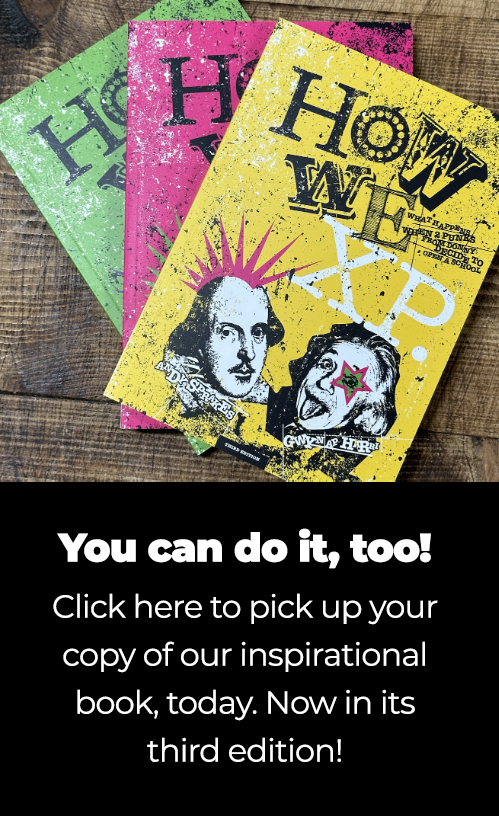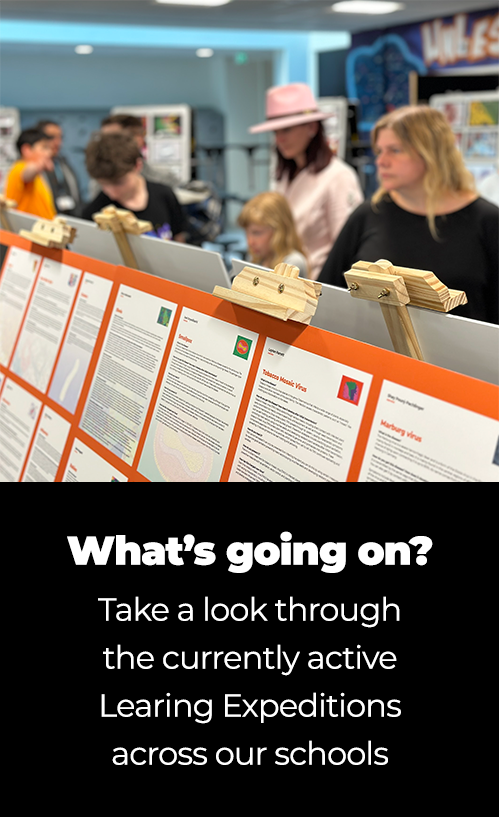GQ: What is Doncaster’s story?
Expedition lead: L. Chapman
Curriculum: STEAM, HUMS and Arts
Phase/Year group: Primary, Year 5/6
Delivery date: Winter 2020
We will be studying World War II and how the impact of individuals – such as Tom Moore – influenced the world we live in today. We intend to link this to our local area by ensuring that we include two questions with our cases studies that link directly to Doncaster. The children will have opportunities to find out how World War II affected their home town and we hope this makes the learning more purposeful for them.
‘Hook Week’ will be used to inspire the children by providing opportunities for them to create a range of immersive crafts. These will be used to convert our learning environments into inspiring, themed enrichment areas. During this week, we will also be setting research activities for the children to complete. The products of which will be used to supplement display boards and information stations.
Our learning will focus on the causes leading up to and the outbreak of World War II; Women at War and the Blitz; and finally VE Day. Our Case studies focus around history, science and music.
Our aim is to create a ‘book of sorts’ out of a range of postcards. These will be bound together authentically with twine and will be available to send out to the local library. Their content will be focussed on WWII experiences in Doncaster.
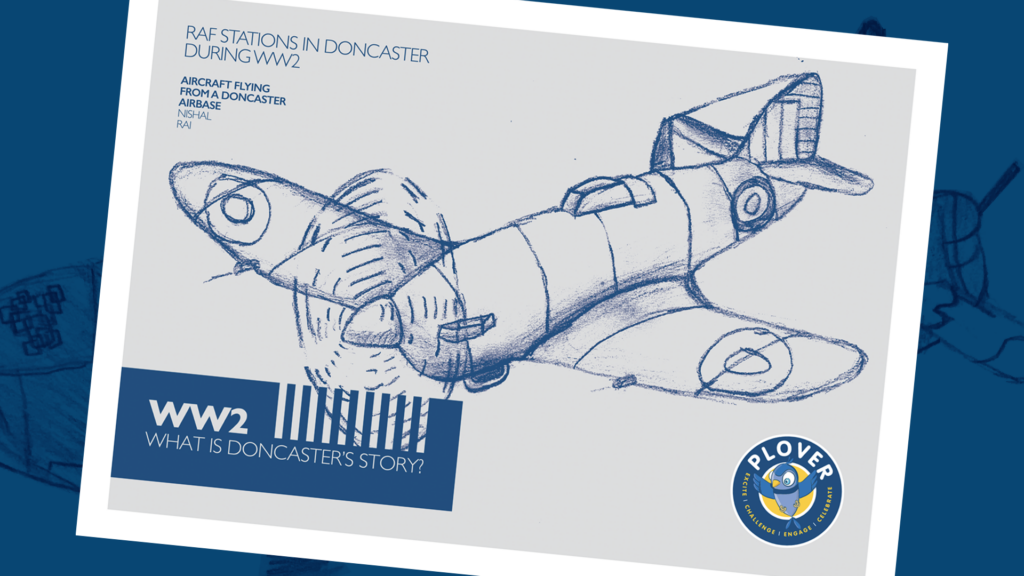
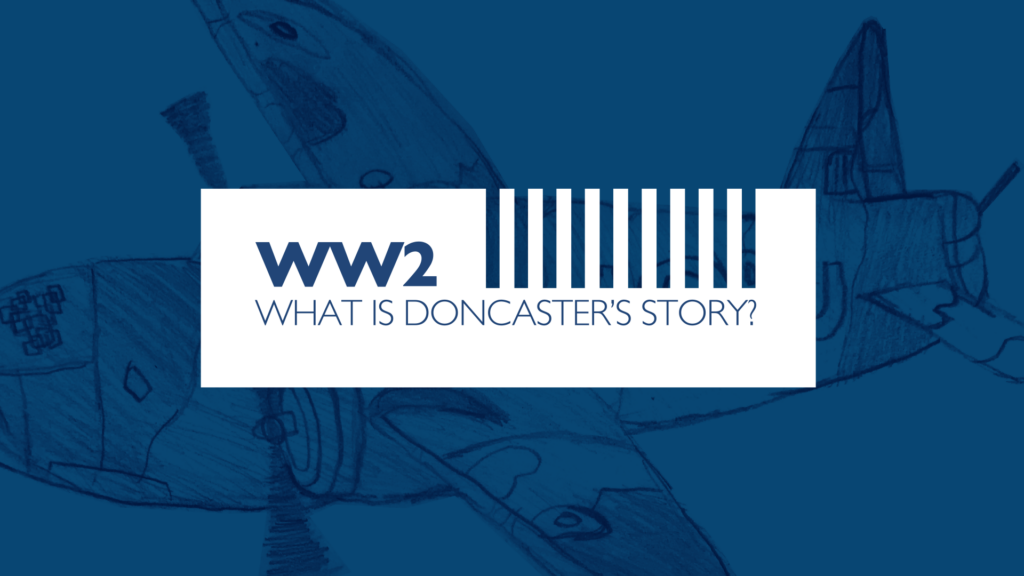

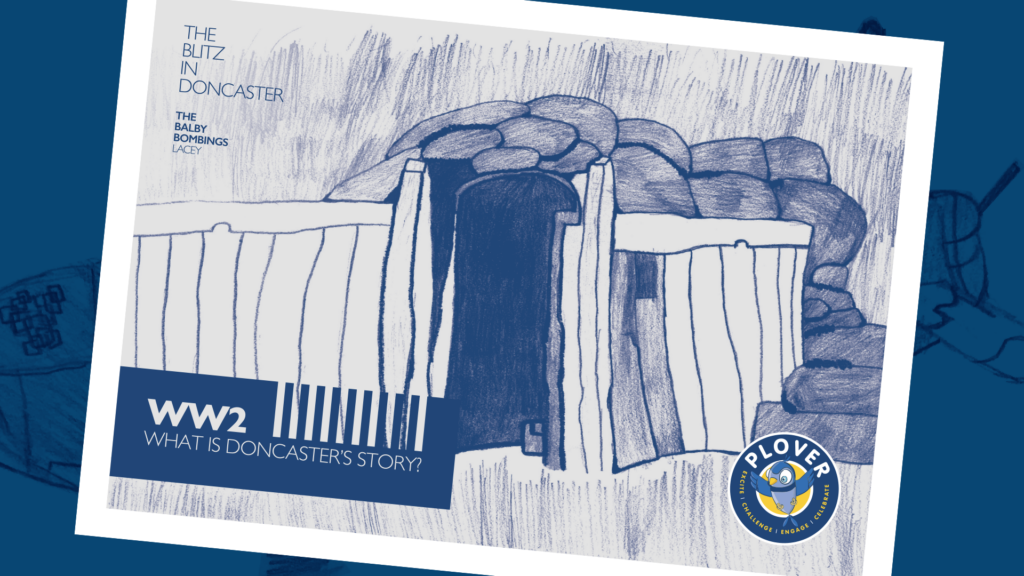
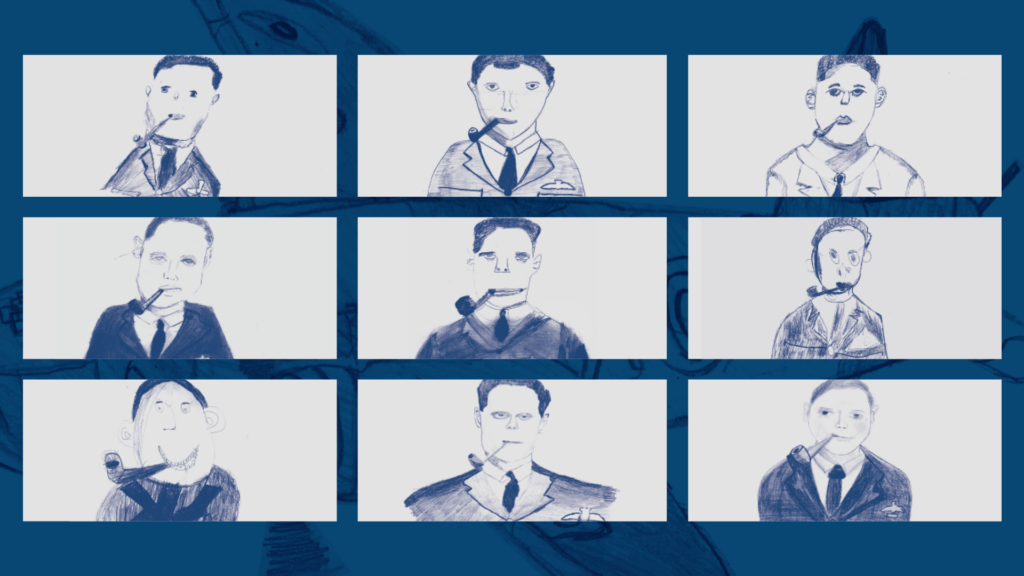
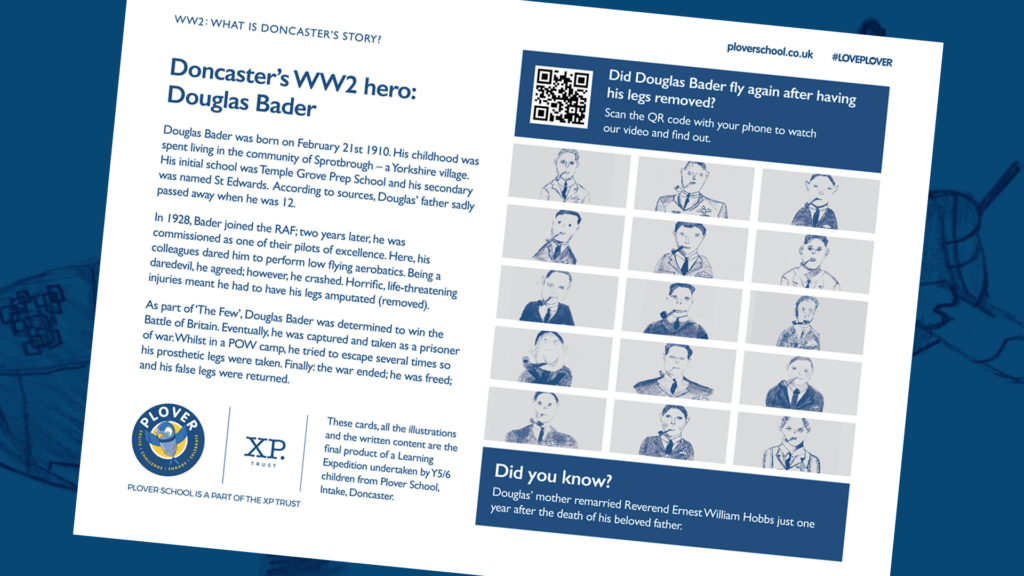

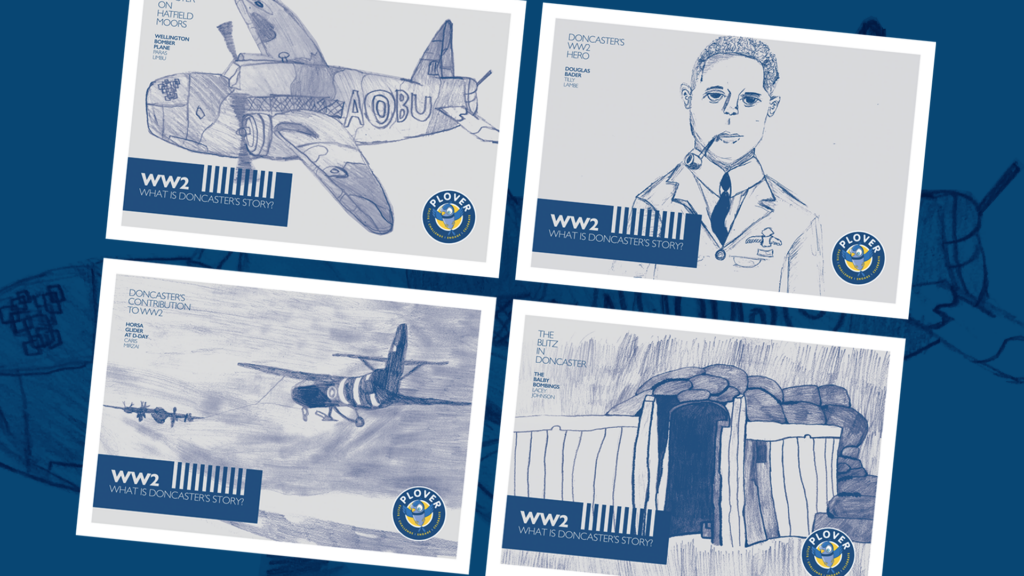
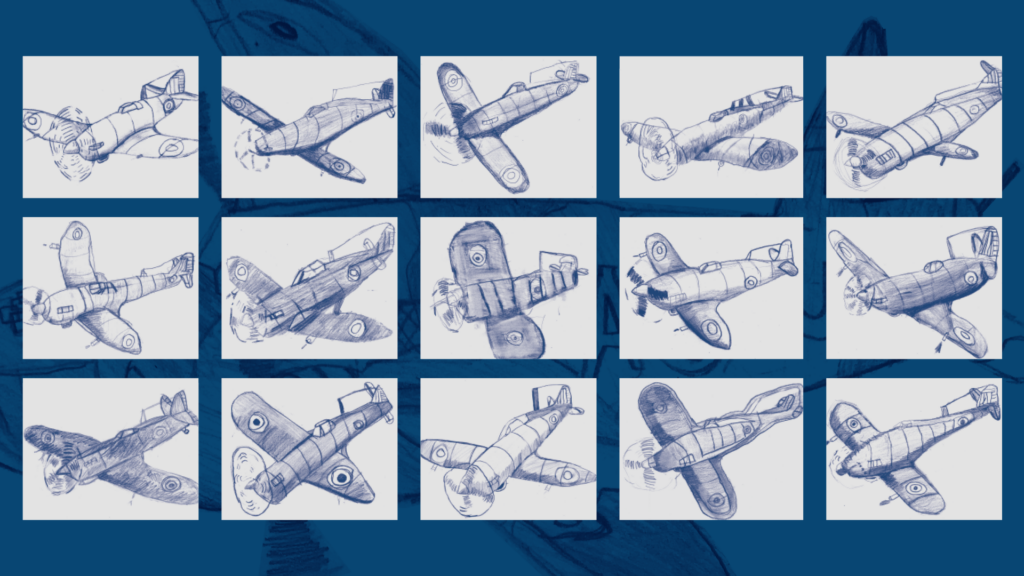


Learning Targets
RE
- Describe and begin to understand religious and other responses to ultimate and ethical questions
- Reflect on ideas of right and wrong and their own and others’ responses to them
Geography
- Use maps, atlases, globes and digital/computer mapping to locate countries
- Use the eight points of a compass, four and six-figure grid references, symbols and key (including the use of Ordnance Survey maps) to build their knowledge of the United Kingdom and the wider world
Art
- Investigate and combine visual and tactile qualities of materials and processes and to match these qualities to the purpose of the work
- Apply their experience of materials and processes, including drawing, developing their control of tools and techniques
- Materials and processes used in art, craft and design and how these can be matched to ideas and intentions
Science
- Compare and group together everyday materials based on evidence from comparative and fair tests, including their hardness, solubility, conductivity (electrical and thermal), and response to magnets. (NC)
- Give reasons, based on evidence from comparative and fair tests, for the particular uses of everyday materials, including metals, wood and plastic. (NC)
- Identify the effect of drag forces, such as air resistance, water resistance and friction that act between moving surfaces. (NC)
- Plan enquiries, including recognising and controlling variables where necessary. (NC)
- Take measurements, using a range of scientific equipment, with increasing accuracy and precision. (NC)
- Record data and results of increasing complexity using scientific diagrams and labels, classification keys, tables, bar and line graphs, and models. (NC)
- Report findings from enquiries, including oral and written explanations of results, explanations involving causal relationships, and conclusions. (NC)
- Use test results to make predictions to set up further comparative and fair tests. (NC)
History
- Seek out and analyse a wide range of evidence in order to justify claims about the past.
- Show an awareness of the concept of propaganda and how historians must understand the social context of evidence studied.
- Understand that no single source of evidence gives the full answer to questions about the past.
- Use appropriate historical vocabulary to communicate
- Use sources of evidence to deduce information about the past.
- Describe the characteristic features of the past, including ideas, beliefs, attitudes and experiences of men, women and children.(NC)
- Select suitable sources of evidence, giving reasons for choices.
- Use sources of information to form testable hypotheses about the past.
Computing
- Sse search technologies effectively, appreciate how results are selected and ranked, and be discerning in evaluating digital content (NC)
- Select, use and combine a variety of software (including internet services) on a range of digital devices to design and create a range of programs, systems and content that accomplish given goals, including collecting, analysing, evaluating and presenting data and information (NC)
- Use technology safely, respectfully and responsibly; recognise acceptable/unacceptable behaviour; identify a range of ways to report concerns about content and contact. (NC)
Music
- Sing or play from memory with confidence. (NC)
- Perform solos or as part of an ensemble. (NC)
DT
- Generate, develop, model and communicate their ideas through discussion, annotated sketches, cross-sectional and exploded diagrams, prototypes, pattern pieces and computer-aided design (NC)
- Select from and use a wider range of materials and components, including construction materials, textiles and ingredients, according to their functional properties and aesthetic qualities (NC)


